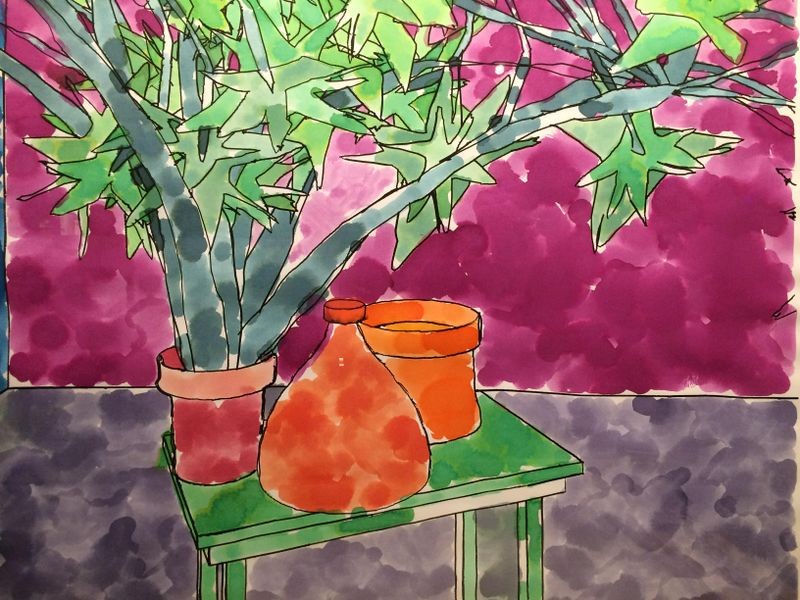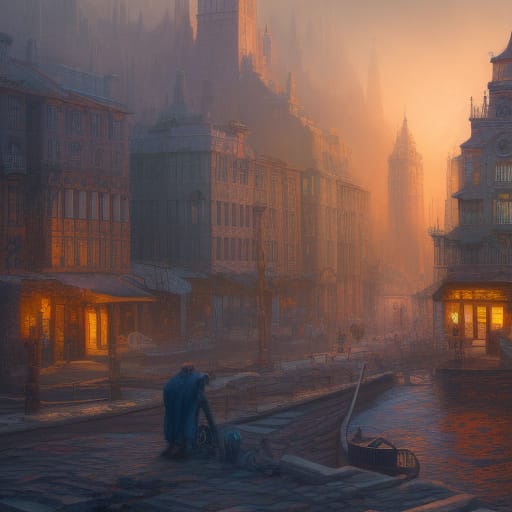Generative Art
Generative art is art made entirely or partially using an autonomous system. The systems could be any algorithm (either mathematical, mechanical, or biological). It is usually applied to computer-generated art, and nowadays it also includes AI art. The term “autonomous” refers to a non-human entity that is capable of independently selecting components of a work of art.
The Pioneers of Generative Art
In 1971, Max Bense, a German cybernetician and philosopher, declared his generative aesthetics project, which aims to construct mathematical aesthetics. The generative aesthetics produce “the artificial production of probabilities of innovation or deviation from the norm.” (Bense, The Projects of Generative Aesthetics).
Generative art as a movement has been underway since the 1960s and 1970s. The early pioneers were scientists in Germany and the US. Georg Nees and Frieder Nake were from Germany, while Bela Julesz and A. Michael Noll were from the US. In 1966, E.A.T. (Experiments in Art and Technology) was established in New York with the aim of creating an effective collaboration between engineer and artist. (Frank Dietrich, 1986).
The collaboration between artist and machine has been started by Harold Cohen, a British-born artist, and AARON, a computer program made by Cohen that can create artistic images independently. AARON was intended to identify the functional primitives and differentiations that are needed to build mental images. Such capacities are also used in making drawings and paintings.

In the 1940s, Vera Molnár was interested in the infinite variations of geometrical shapes and lines. She imagined herself as a drawing machine, which she called the Machine Imaginaire. She received her art training at the Budapest College of Fine Arts. In the 1960s, Molnár started learning Fortran and Basic, two early programming languages. She also gained access to a computer at a research center in Paris. At that time, she used a plotter to make computer graphics.
https://magazine.artland.com/generative-art/
Criticism to generative art
Randomness is an inherent character of generative art. The autonomous system produces different art each time you run the generation script. Randomness could be a benefit but also a disadvantage. It can add a bit of surprise to your work. However, it also means you cannot entirely control the result of your work. Artists usually have two approaches to dealing with the randomness of generative art. First, you might have no idea about the final result until you see what the computers create. Second, you have a very clear and finalized idea of the end result, and randomness only causes a bit of change.
Creating Generative Art
If you want to create generative art but are not familiar with coding, there are several free tools available online. You can make experiments in generative art on these websites:

